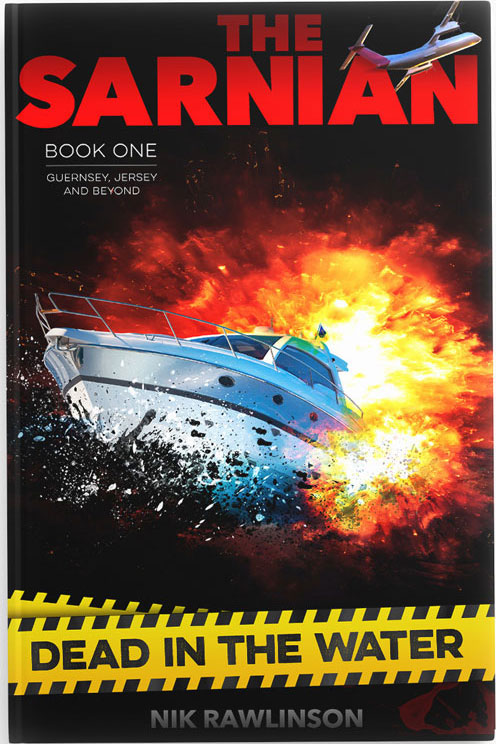Guernsey
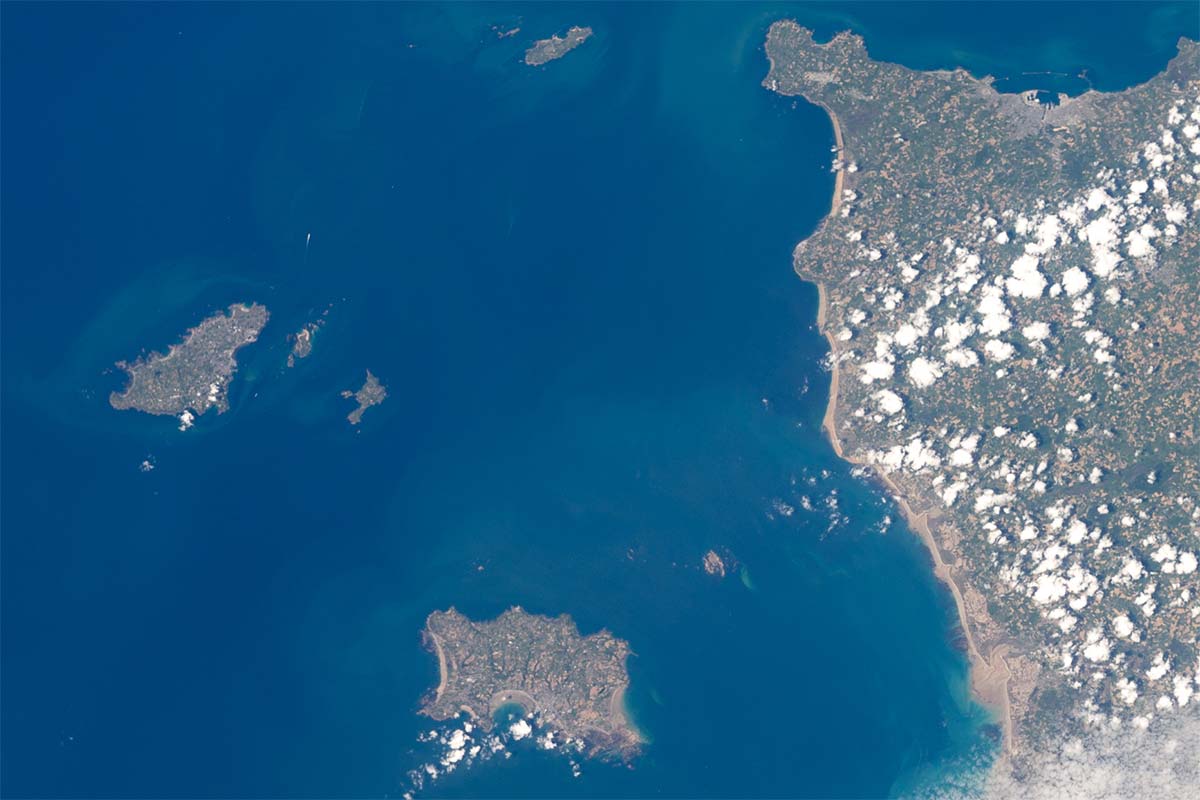
Guernsey is the second largest of the Channel Islands. It is the seat of a Bailiwick that also encompasses Alderney, Sark, Herm, Jethou, Lihou and Brecqhou. Together, they sit around 40 miles off the French coast of Normandy – in the Gulf of St Malo – and the influence of past French culture can still be felt on the island.
Guernsey is roughly a right-angled triangle, with Jerbourg at the south eastern corner forming that angle, L’Ancresse to the north and Torteval to the south west.

The island slopes down, from the high rocky cliffs of the south (see above), with their wonderful walking routes, to the flatter commons and wide sandy beaches of the north. Although it is now unified, the northern-most part was formerly separate, with a bridge at St Sampson joining it to the bulk of the landmass. For this reason, the area around St Sampson is often known as The Bridge.
St Sampson is one of two main towns on the island. The other is its capital, St Peter Port, which sits roughly half way down the eastern coastline. It is home to the island’s main businesses, as well as the largest harbour, which opens out into Little Russell by Castle Cornet (see below).

Guernsey is organised into 10 parishes, namely: Castel, Forest, St Andrews, St Martin, St Pierre du Bois, St Peter Port, St Sampson, St Savior’s, Torteval, and Vale.
Guernsey through the ages
There is evidence of life on Guernsey stretching back to neolithic times, and it’s not difficult to find burial chambers and standing stones dotted around the place. The one below is found on L’Ancresse Common.

Later, the Romans set up camp there, and it is they who gave it its traditional title, Sarnia, from which the newspaper The Sarnian takes its name. This name is used as a part of many local businesses.
It isn’t surprising, considering their proximity to France, that the Channel Islands as a whole – including Guernsey – formed part of the Duchy of Normandy. However, they remained loyal to the English monarch from 1204 onwards, which is how they have come to be allied to the United Kingdom today.
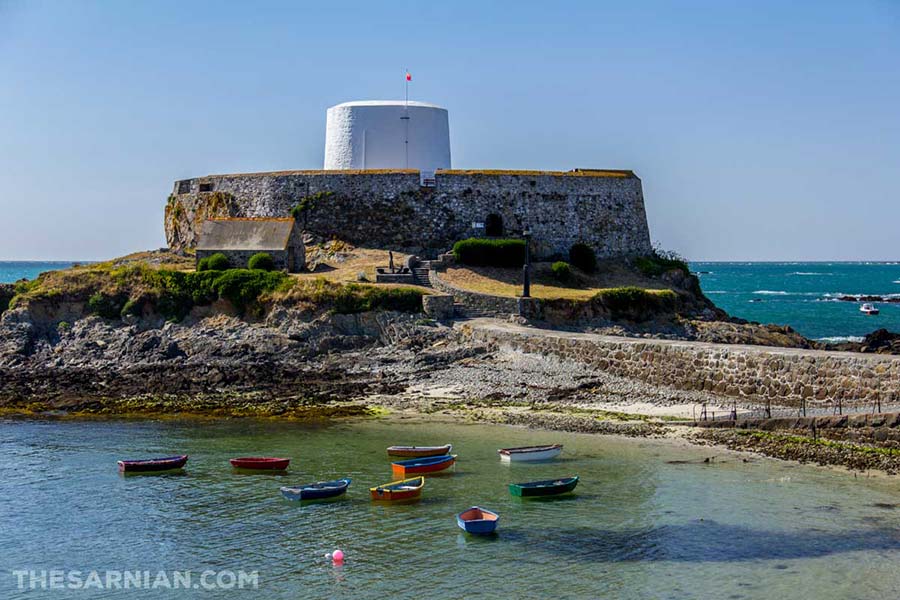
In the years that followed, Guernsey had to defend itself against aggression from its near neighbour, France, which involved the construction of many towers, and the defences at Fort George, Pezeries and Fort Grey (above) among others. Many of the fortifications have been preserved.
However, these were not up to the job of defending Guernsey and the other Channel Islands against invasion during the Second World War. The decision was made to demilitarise the islands and evacuate the children, and many women, and allow them to fall. The German forces, seemingly unaware that they would be able to land virtually unopposed, conducted a bombing raid on the harbour and Castle Breakwater, and then assumed control of the territory until 9 May 1945. That date is still marked annually as Liberation Day. When they left the islands, the German forces left behind them a lot of concrete bunkers, many of which have been preserved.
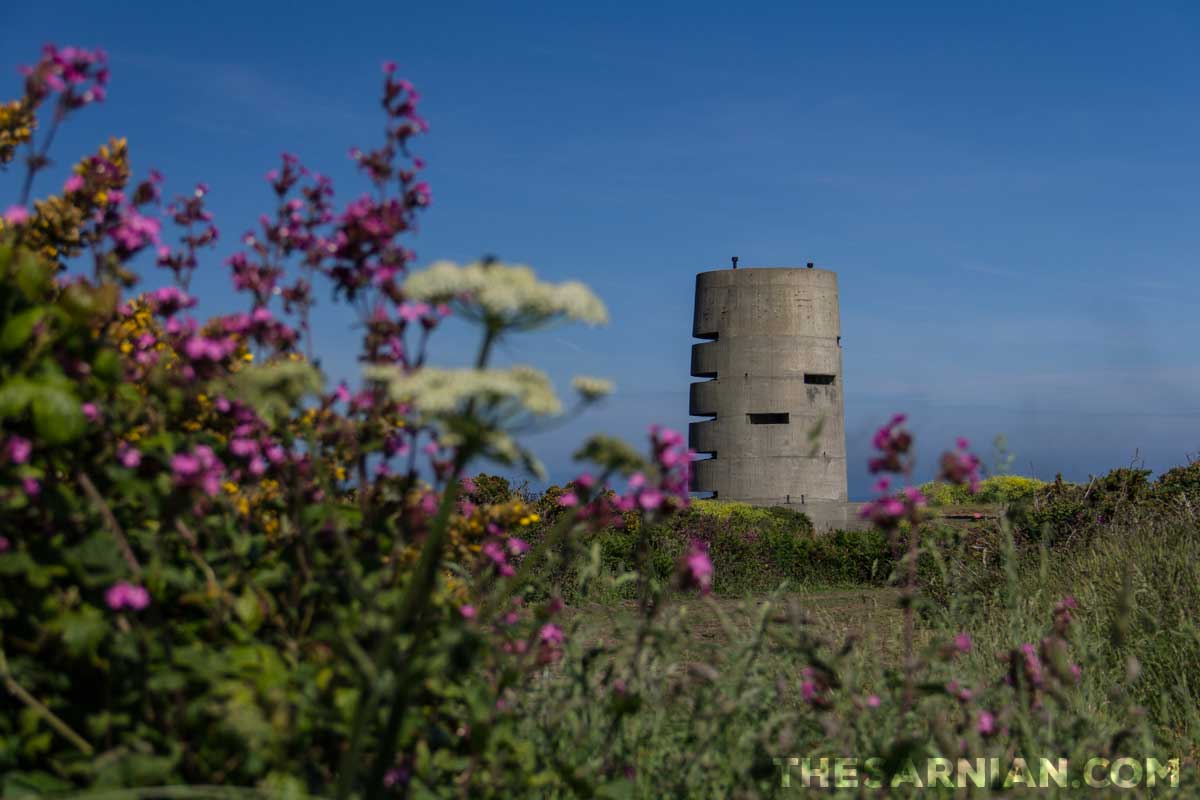
Industry
Guernsey’s primary industry is finance and banking, with many international banks and investment funds setting up there.
However, it is also a popular holiday destination, with regular flights from all over Europe, but in particular the United Kingdom, arriving daily.
It was formerly known for its tomatoes and flowers, which were both important export crops for many years. However, many of the greenhouses that were used in their production have latterly fallen into disuse as it has become increasingly difficult to compete with growers in southern Europe.

The local economy thrives, though, with a health selection of small businesses selling to the island and beyond, including local beers, crafts, coffee, and a wonderful selection of small kiosk outlets around the coast serving food and drinks by the beaches. The kiosk below is at Port Soif, and is the setting for meetings between Ollie Carey and Marc Renouf in the first two volumes of The Sarnian.

Although diminished, fishing remains important, too, and here Guernsey can boast a local delicacy in the Ormer, the harvesting of which is strictly controlled to preserve supplies and ensure they are able to repopulate from year to year.
It is likely that the local produce for which Guernsey is best known now is its cows (and their milk). These orange-brown animals closely resemble their Jersey namesakes and are renowned for producing particularly creamy milk.
Language and literature
Guernsey has its own language, Guernesiais, which was once very widely spoken but now is falling into disuse. Efforts are being made, however, to revive it, with some schools giving lessons, and the Guernsey Language Commission having been set up to promote it.
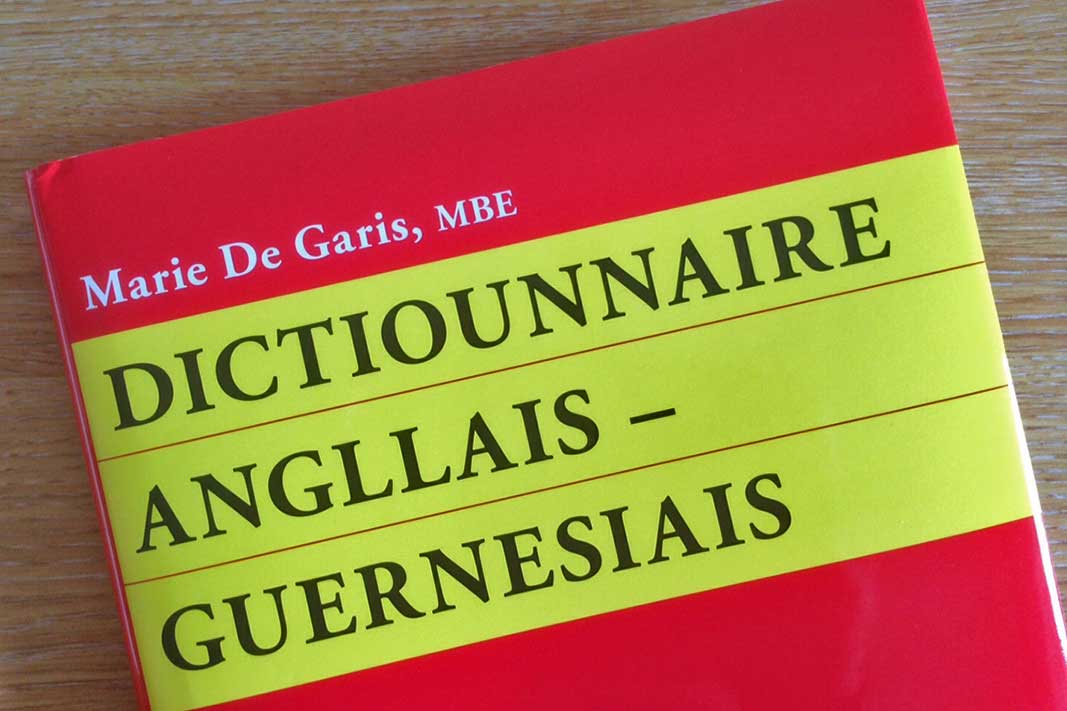
Guernesiais is the first language of Remus Carey, and he uses it to record all of his notes in the log that he keeps on the Huffin’ Puffin. Following his disappearance, it is up to Christine Le Page to translate them in book 1, Dead in the Water She was brought to Guernsey from Jersey for that purpose by Miles Bichard.
Remus’s son, Ollie Carey knows very little of the language, so has to call on his friend, Simon Langlois when he needs to have some note that he discovers in book 2, Blowfish.
Aside from The Sarnian series, Guernsey has a rich literary background. Victor Hugo was exiled on the island for several years and wrote some of his best-known works there. More recently, Annie Barrows and Mary Ann Shaffer have deservedly had great success with The Guernsey Literary and Potato Peel Pie Society, a story set during the German Occupation.

Perhaps the highest regarded of all works of fiction set on the island, though, is The Book of Ebenezer Le Page, which tells the life story of its eponymous hero, running from the late 1800s to the 1960s. It’s a long and varied work, rich in colour and local history, and very well worth reading (or sticking with if you’re finding it hard going).
Guernsey in context
Guernsey in brief
Guernsey’s history stretches back to Neolithic times, and over the years has been part of both France and the English crown, a home for Romans and spent much of the Second World War under German control during the Occupation. It is shaped like a right-angled triangle and comprises ten parishes. Its seat of government oversees a bailiwick that encompasses several surrounding islands, including Alderney, Sark and Herm.
See also...
Pebbly east-coast bay
Former Garrison south of Town
Deep south coast bay
Lighthouse off the southwest coast
The beach and harbour where Ollie keeps his boat
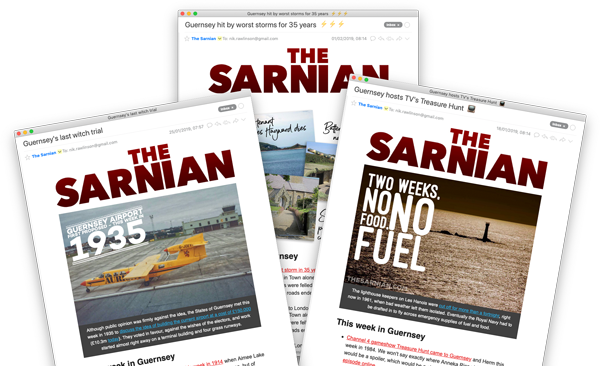
FREE Guernsey newsletter
Don't miss our weekly update on Guernsey's fascinating history. We promise never to sell your data to anyone else, and there's a super-easy unsubscribe link on the bottom of each email so you can leave whenever you want.

